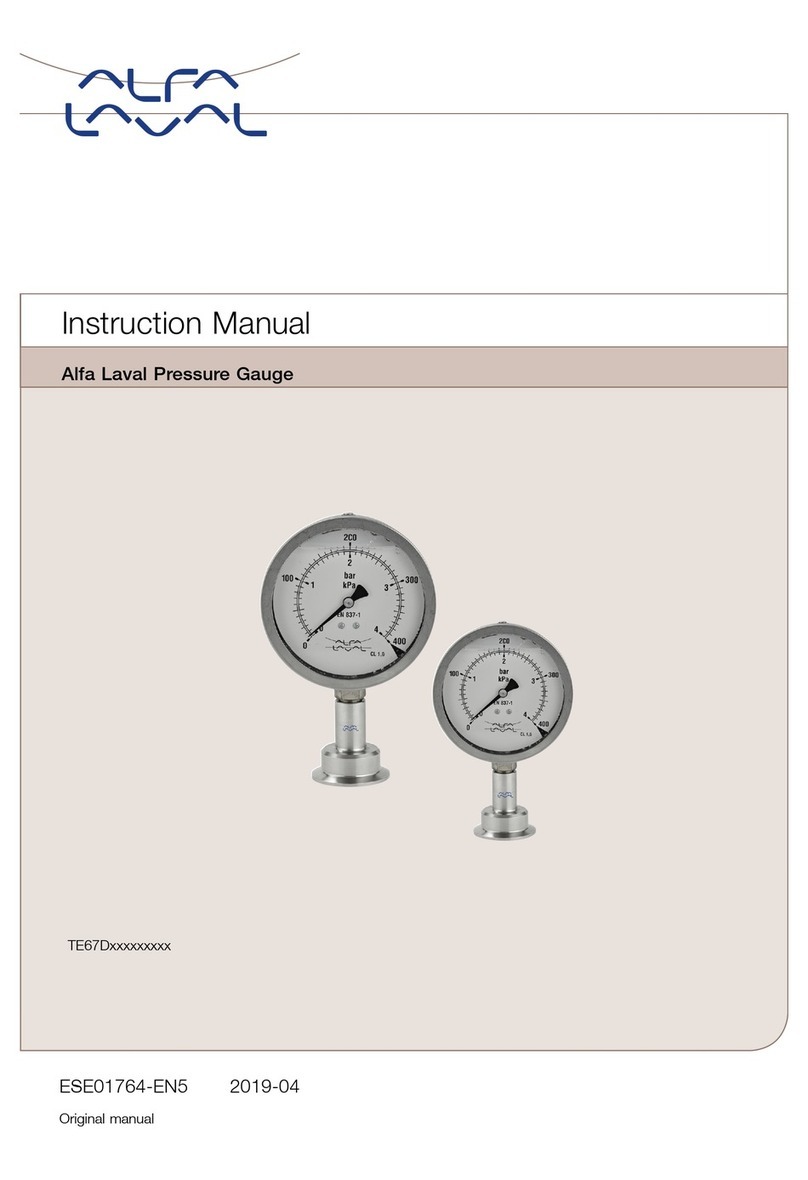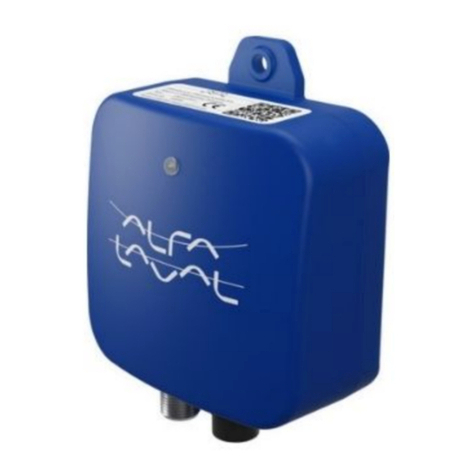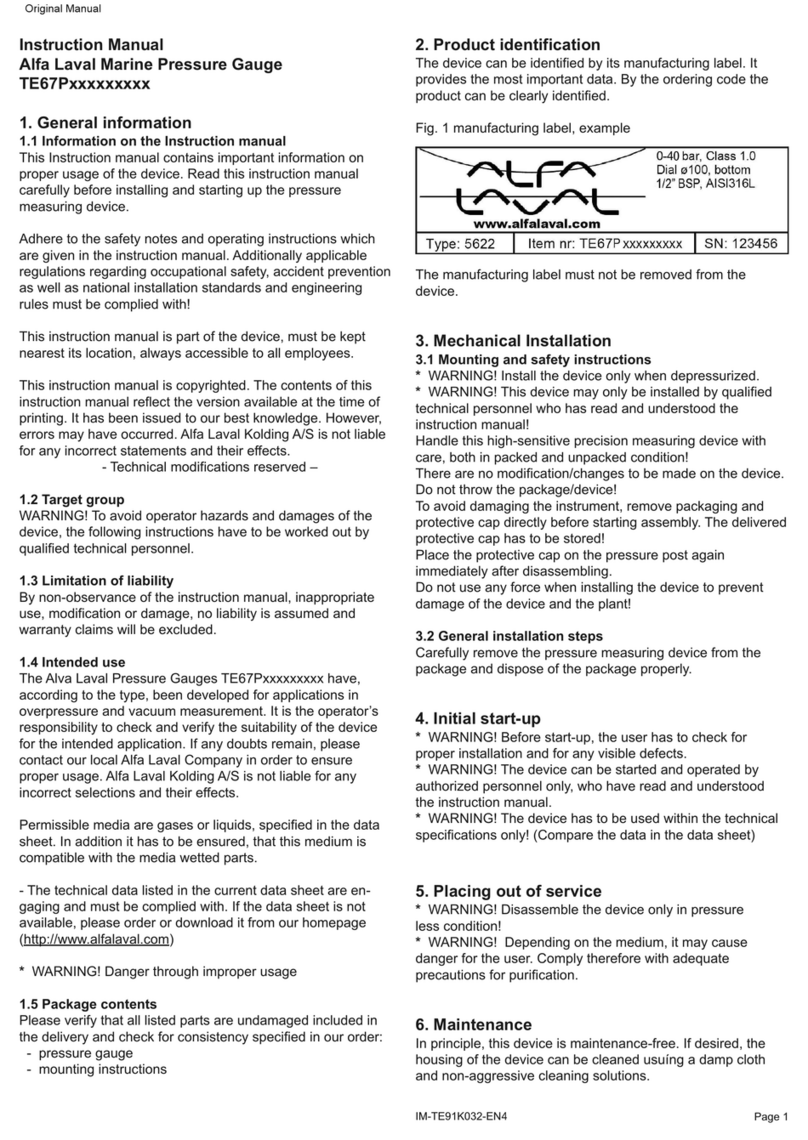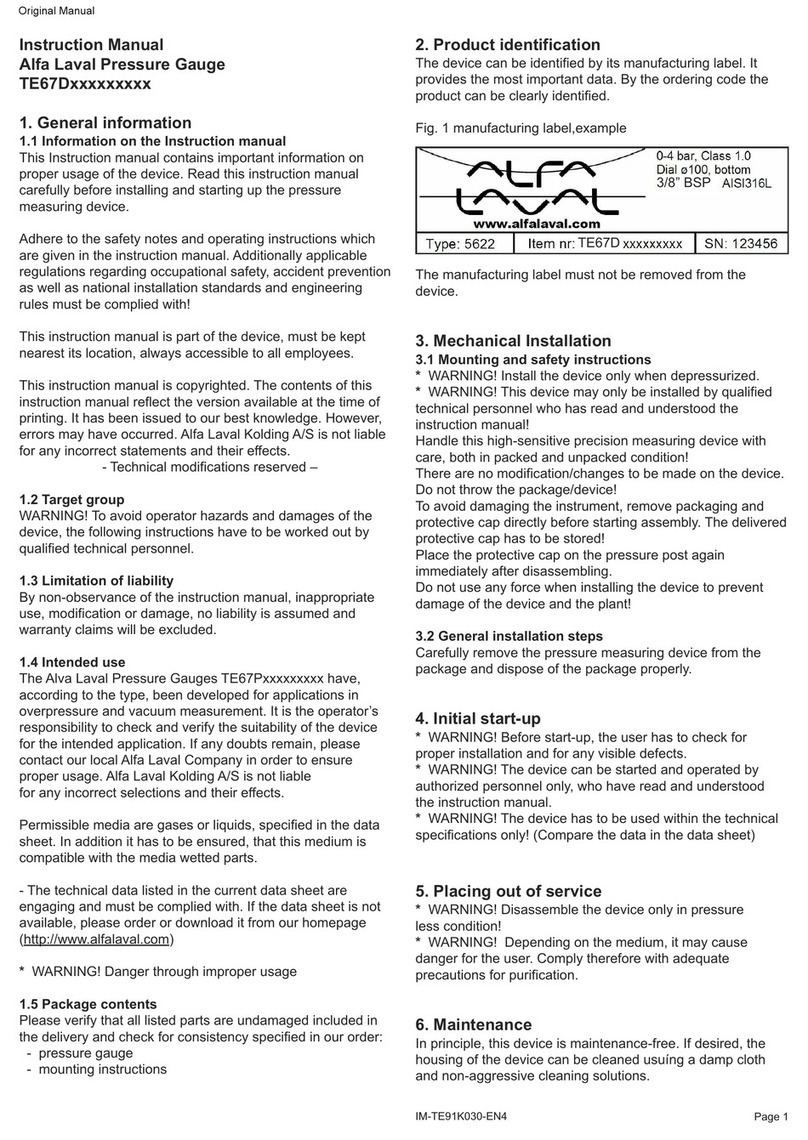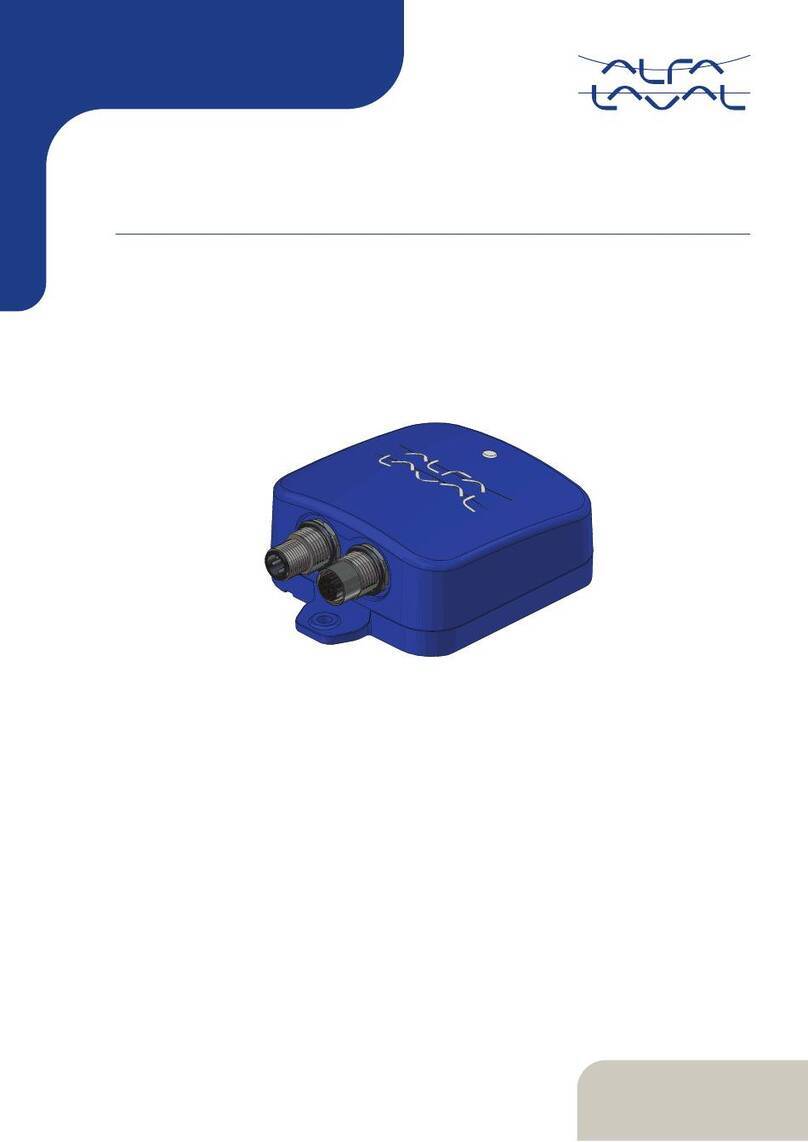
Instruction Manual IM-TE91K010-EN4 Page 1
System with digital load cells
Version: 2012-06-12, rev.:0a
1) CONTENTS
1) CONTENTS............................................................................................................................................................1
2) General information................................................................................................................................................3
2.1 Information on the Instruction manual........................................................................................................................3
2.2 Target group..............................................................................................................................................................3
2.3 Limitation of liability....................................................................................................................................................3
2.4 Intended use..............................................................................................................................................................3
3) INTRODUCTION ....................................................................................................................................................4
3.1 Introduction................................................................................................................................................................4
4) TE67X000002010 DESCRIPTION.........................................................................................................................5
5) TE67N000002029 Description ...............................................................................................................................7
5.1 Display, lamps and keyboard.....................................................................................................................................7
5.2 Display modes ...........................................................................................................................................................8
5.2.1 LoAd mode ...........................................................................................................................................................8
5.2.2 OutPut mode ........................................................................................................................................................8
5.2.3 PASS mode..........................................................................................................................................................8
5.2.4 ZEro mode ...........................................................................................................................................................9
5.2.5 CAL.L. mode ........................................................................................................................................................9
5.2.6 CAL. mode ...........................................................................................................................................................9
5.2.7 CAL.F. mode ........................................................................................................................................................9
5.2.8 N.Lc. mode ...........................................................................................................................................................9
5.2.9 N.Crn. mode .........................................................................................................................................................9
5.2.10 Int.PEr. mode .......................................................................................................................................................9
5.2.11 Unit mode...........................................................................................................................................................10
5.2.12 dPno mode .........................................................................................................................................................10
5.2.13 div mode.............................................................................................................................................................10
5.2.14 SP. 1 and SP. 2 mode ........................................................................................................................................10
5.2.15 An.SP. mode ......................................................................................................................................................10
5.2.16 An.Err. mode ......................................................................................................................................................10
5.2.17 An.tyPE. mode ...................................................................................................................................................10
5.2.18 rS485 mode........................................................................................................................................................10
5.2.19 dAc.tSt. mode.....................................................................................................................................................10
5.2.20 LC x mode..........................................................................................................................................................11
5.2.21 Err.rEg. mode .....................................................................................................................................................11
5.3 Level alarms ............................................................................................................................................................12
5.4 Filtering....................................................................................................................................................................12
5.5 RS485 serial communication...................................................................................................................................13
6) STATUS CODES .................................................................................................................................................14
7) ERROR CODES...................................................................................................................................................15
8) TROUBLE SHOOTING ........................................................................................................................................16
8.1 Status code indication..............................................................................................................................................16
8.2 Error code indication................................................................................................................................................16
8.3 Analog output error..................................................................................................................................................16
9) INSTALLATION OF SYSTEM ..............................................................................................................................17
9.1 Checklist during installation .....................................................................................................................................17
9.2 Calibration procedure ..............................................................................................................................................18
10) HARDWARE DESCRIPTION.............................................................................................................................19
10.1 TE67X000002029 overview...................................................................................................................................19
10.2 Connection of power and load cells.......................................................................................................................20
10.3 DIP-switch settings ................................................................................................................................................20
10.4 Light Emitting Diodes.............................................................................................................................................21
10.5 Jumpers.................................................................................................................................................................21
10.6 JTAG connector.....................................................................................................................................................22
10.7 RS485 connector...................................................................................................................................................22
10.8 Analog output connector........................................................................................................................................22
10.9 Digital output and input connector .........................................................................................................................23
10.10 Hardware Selftest ................................................................................................................................................23
10.11 Update times .......................................................................................................................................................23
10.12 Component layout................................................................................................................................................24
11) Maintenance, Service / Repair & Warranty ........................................................................................................25
11.1 Maintenance ..........................................................................................................................................................25
11.2 Service / Repair .....................................................................................................................................................25
11.2.1 Return ................................................................................................................................................................25
11.3 Warranty conditions...............................................................................................................................................25
12) How to contact Alfa Laval Tank Equipment A/S.................................................................................................26
13) EC Declaration of conformity..............................................................................................................................27












